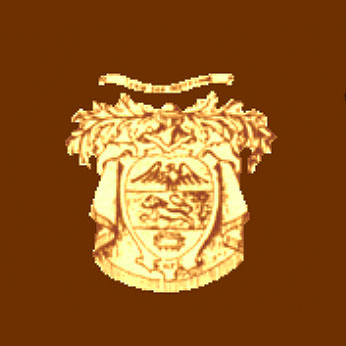
Fornace Curti
The Furnace’s first shop was situated at the Colonne di San Lorenzo beside the Naviglio (canal) that passes by what is today Via de Amicis in Milan. Work on the Hospital Maggiore (Ca’Grande) began in 1400 under Antonio Averulino, also known as Filarete, at the request of Bianca Maria Visconti, wife of the then Duke of Milan Francesco Sforza. It was then that the finishing of certain tiles and sconces shaped by Guiniforte Solari was entrusted to Giosuè Curti’s Furnace. In the same period, Fondulo, the architect and sculptor of the tiles used at the Certosa in Pavia, enlisted Curti to fire many of his friezes.
With the city continuously expanding, Pietro Curti moved the factory to Ripa di Porta Ticinese in 1700. It was then moved again in 1800 to the Conchetta on Naviglio Pavese by Felice Curti. In this new home, however, a raging fire destroyed most of the family’s documents. After this unfortunate turn of events, the family moved with Attilio Curti in the early 1900’s to their current premises, where first Francesco and then Alberto have worked to keep the tradition of “Cotto Lombardo” alive.
The Furnace has always been frequented by artists who, supplied with clay, have cooked their sculptures and painted their majolica. Many of these artists have become famous while others have not; regardless, their enthusiasm for and attachment to the Furnace has always been special to the Curti family, who consider them all great artists. Some of these artists currently have their studios within the factory itself.
Over the course of the centuries the Curti family has changed its premises four times, but they have never left the Porta Ticinese area and they have never changed their craft from that of “furnace folk.” They have made and subsequently restored the cotto of many buildings, churches, and gardens throughout Lombardy. Among these are Ca’Grande, the Certosa in Pavia, the Morimondo Abbey, Chiaravalle Abbey, the Church of Santa Maria delle Grazie, the Archbishopric, the Fossati Theater, the Cemetery of Pavia, the Cathedral of Zeme Lomellina, the Church of San Marco, the Cathedral of Monza, and many, many others.